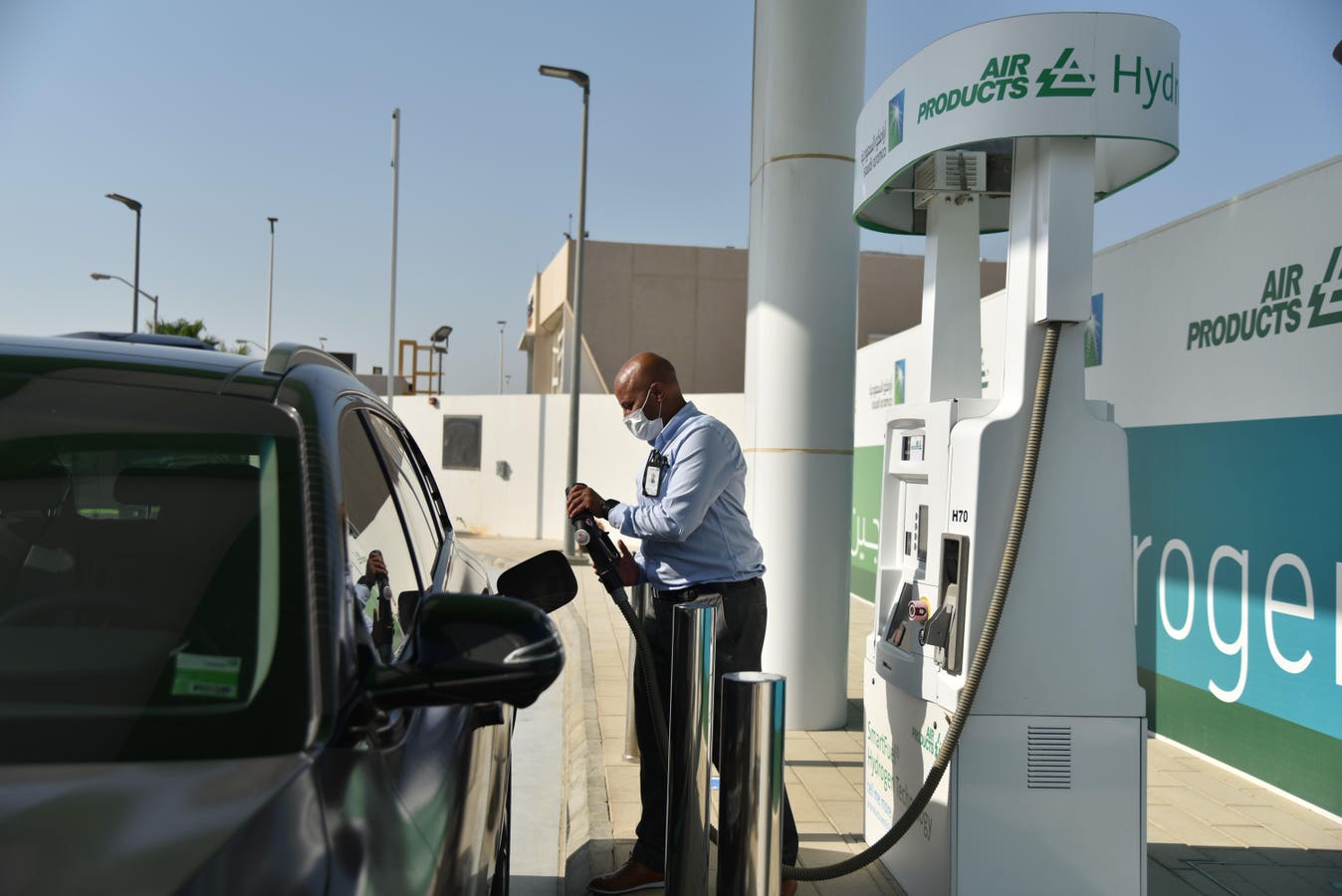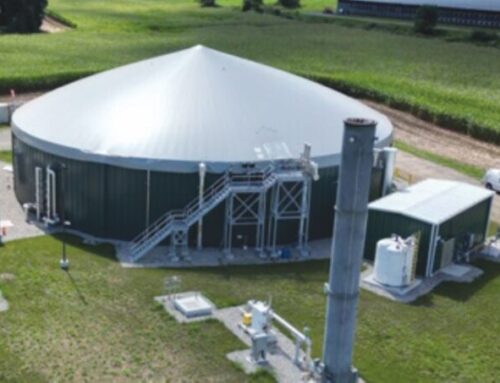The Saudis Eye Hydrogen And A New Energy Superpower Status
November 4, 2024

Saudi Arabia aims to diversify its economy and lower its emissions, which has led the nation to explore hydrogen as a solution. The Public Investment Fund of Saudi Arabia will invest $10 billion in the production of green hydrogen. This venture, named Energy Solutions Company, will also receive funding from Saudi Aramco.
While the country may be well-positioned for this venture, it must also prepare for a future with reduced oil dependency. It could lead to severe economic disadvantages if it fails to do so. This is why the Kingdom has introduced its Vision 2030, which aims to generate half of its electricity from renewable sources by that year. Saudi Arabia could conquer the new energy economy by leveraging its renewable energy capacity to produce green hydrogen.
“Saudi Arabia is committed to achieving net-zero emissions by 2060,” says Seonghoon Woo, chief executive and co-founder of Amogy, which produces a carbon-free ammonia cracking technology and which Saudi Aramco is an investor. “With significant financial resources, deep expertise in the petrochemical sector, and some of the world’s most abundant renewable energy sources, the country is well-positioned to become a large-scale producer of clean hydrogen.”
Woo said by email that Saudi Arabia has some of the world’s most robust solar radiation levels and vital wind resources, enabling it to produce green hydrogen at scale and, thus, at a competitive cost. Moreover, the Kingdom’s location along major trade routes facilitates the efficient shipping of hydrogen, likely from ammonia, to key markets in Northern Europe, South Korea, Japan, and Singapore.
Hydrogen requires substantial infrastructure investment for production, storage, and distribution. With its wealth and proactive planning, Saudi Arabia has the potential to become a mover in this sector if it continues to invest heavily. The country has already initiated significant forays, such as the NEOM Green Hydrogen Project, a commercial hydrogen facility powered by renewable energy.
To be clear, more than 99% of the world’s hydrogen production so far has been from fossil fuels. That’s called “grey hydrogen.” Hydrogen produced from natural gas in which the CO2 is captured and stored is considered “blue.” The objective is to get to “green hydrogen,” whereby solar panels or wind could produce electricity through an electrolyzer to create pure hydrogen gas. Hydrogen will produce electricity for extended periods using a fuel cell.
Will The Gulf States Become Hydrogen Hubs?
The green hydrogen market will expand from about $1 billion today to $30 billion in 2030, according to MarketsandMarkets. The hard-to-abate economic sectors, such as shipping and steel, will consume green hydrogen produced using electrolysis, adds DNV GL. Low renewable energy prices and advancements in electrolysis will drive hydrogen’s growth. Its advantages include its abundance, renewable nature, and non-polluting nature. However, it is expensive to make, transport, and store.
Indeed, Amogy’s Woo says Saudi Arabia’s current and planned actions in refining, ammonia production, and steel-making will generate a robust domestic market for green hydrogen. With its commitment and capabilities, the country has the potential to accelerate the transition to a sustainable energy future.
“Saudi Arabia’s investments in green hydrogen production will contribute significantly to scaling the wider market, with the Kingdom expected to produce the majority of the Middle East’s forecast 2.4 million tons of green hydrogen by 2027,” adds Daniel Burge, research analyst at global technology intelligence firm ABI Research, in an interview.
With the region — North Africa excluded — expected to contribute nearly 14% of the global green hydrogen supply by 2035, he says the Saudis will play a leading role. The plants built now will be the first to benefit from reductions in electrolyzer costs and improvements in efficiency and scale. If NEOM reaches its potential, “the Kingdom could be a major driver of the early clean hydrogen ecosystem.”
Moreover, Burge says green hydrogen offers Saudi Arabia an uncommon opportunity— to help the globe transition to clean energy. “If planned large-scale electrolysis facilities are commissioned on schedule and connected to vast solar arrays, the Saudi green hydrogen industry will have all the components necessary to capitalize on a significant comparative advantage.”
The Saudis will have some regional competition from the United Arab Emirates, which is targeting a 25% global market share of low-carbon hydrogen by 2030. It is partnering with Asian and European companies such as Siemens to expand its footprint. Masdar, a major clean energy company in the UAE, is spearheading the country’s ambitions for hydrogen. It aims to produce and integrate green hydrogen into the aviation, shipping, and transport industries.
Saudi Arabia and the UAE could collaborate, turning the Gulf region into a formidable hydrogen production and export hub. Shared infrastructure investments, such as pipelines or shipping networks, could benefit both nations. It could also boost trade and technology-sharing between the two countries if they are successful.
The global oil demand could fall with the focus on clean energy and carbon emissions. However, the corresponding pressures to increase climate-friendly fuels will drive green energy development. That spells an opportunity for Saudi Arabia and other Gulf States. The energy transition need not be a death knell for the Kingdom; the evolution offers it a chance to maintain its status as an energy superpower.
Search
RECENT PRESS RELEASES
Related Post




